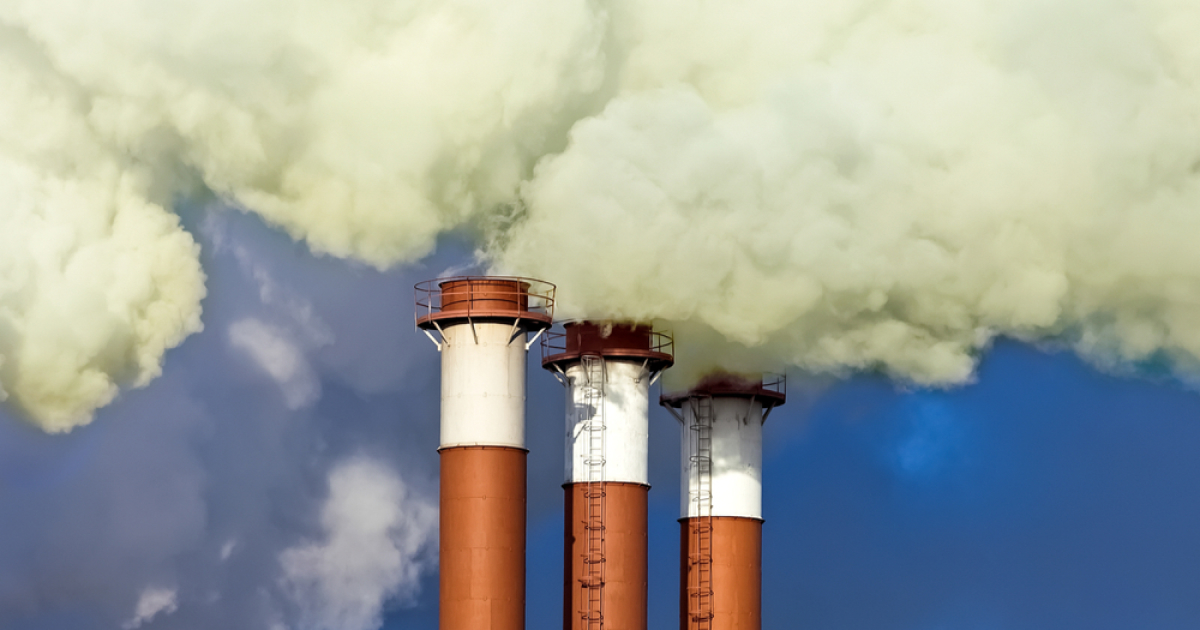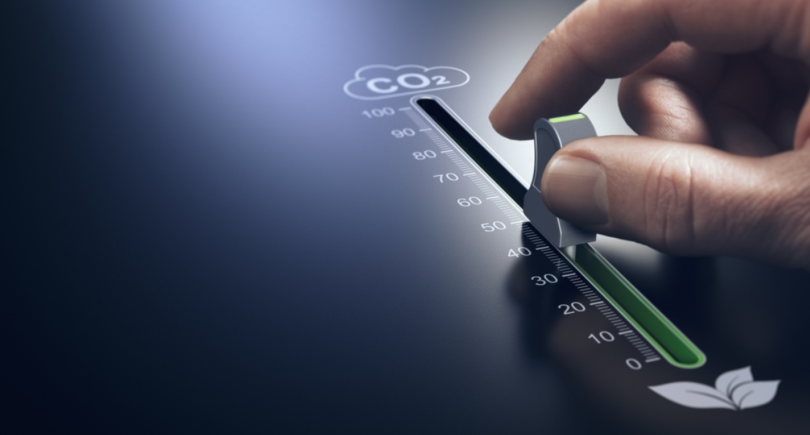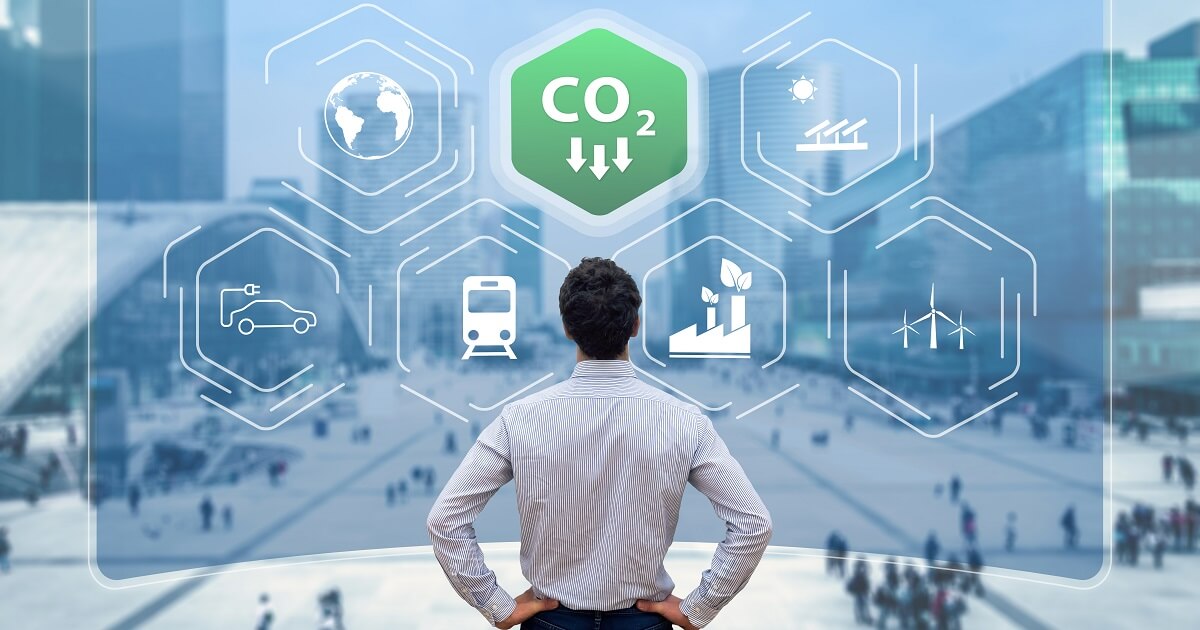
News Green steel EU 2122 14 February 2024
The largest source of emissions was the electricity and gas supply sector – 23.7% of the total volume
In the third quarter of 2023, the European Union reduced greenhouse gas emissions by 7.1% compared to the same period in 2022 – to 787 million tons (CO2 equivalent). Over the same period, EU GDP remained stable, registering a slight fluctuation (-0.2% y/y). This is evidenced by Eurostat data.
During this period, the largest source of emissions was the energy and gas supply sector – 23.7% of the total. Households accounted for 6.5% of emissions, and industry for 4.9%.
During the period, greenhouse gas emissions decreased in 23 EU countries. Growth was recorded in Malta (+7.7% y/y), Cyprus (+3.7%), and Slovakia (+0.9%). Among them, three had GDP growth: Malta (+7.1% y/y), Cyprus (+2.5%), and Slovakia (+1.1%).
The largest reductions in greenhouse gas emissions were recorded in Estonia (-30.7% y/y), Bulgaria (-18.6%), and Germany (-12.2%).
Of the 23 EU countries that reduced emissions, 11 recorded a drop in GDP, including Ireland, Estonia, Austria, Luxembourg, Sweden, Finland, the Czech Republic, the Netherlands, Germany, Denmark, and Hungary. Italy maintained GDP at the level of the third quarter of 2022 and reduced emissions.
The other 11 EU countries – Romania, Croatia, Greece, Portugal, Bulgaria, Belgium, Spain, Slovenia, Poland, France, and Lithuania – managed to reduce emissions while increasing GDP.
In the second quarter of 2023, the European Union reduced greenhouse gas emissions by 5.3% compared to the same period in 2022, to 821 million tons (CO2 equivalent). Over the same period, EU GDP remained stable, registering a slight fluctuation (+0.05% y/y). The largest source of emissions was the manufacturing industry – 23.5% of the total.
As GMK Center reported earlier, the European Commission recommends that the EU reduce net greenhouse gas emissions by 90% by 2040 (compared to 1990 levels). This climate target will be discussed with the European Parliament and Member States, and the next European Commission will put forward legislative proposals on this basis.
According to Axel Eggert, CEO of the European Steel Association EUROFER, EU steelmakers support the bloc’s goal of climate neutrality by 2050. The industry has launched more than 60 projects that, if effectively supported, will ensure significant emissions reductions by 2030.



